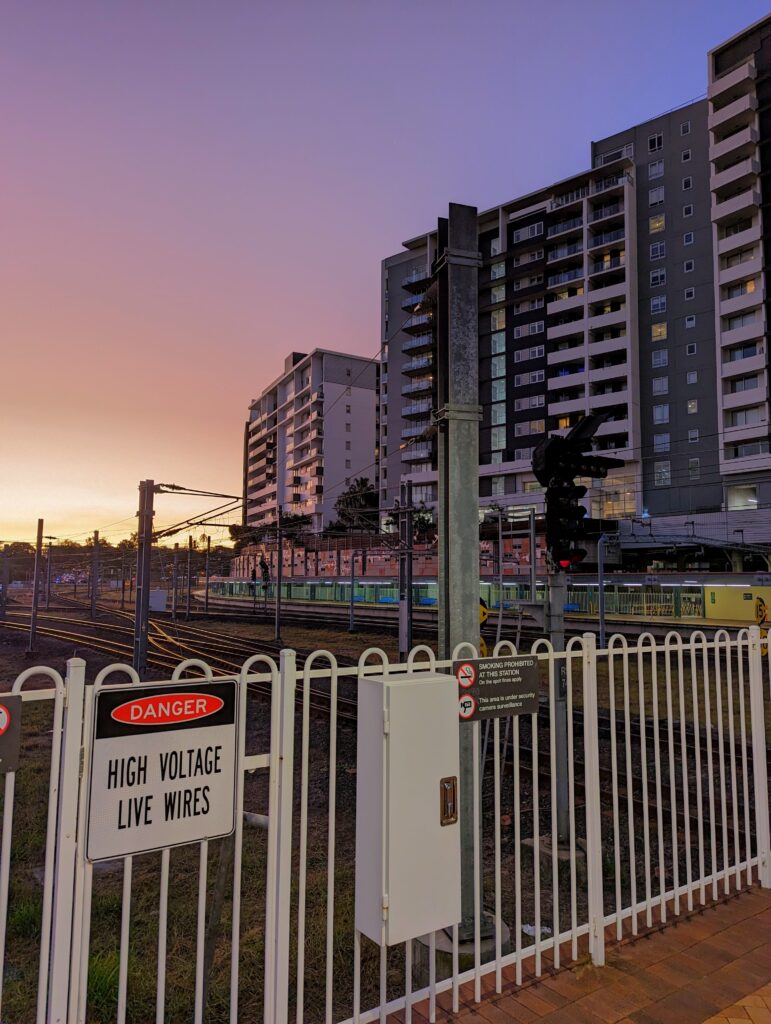
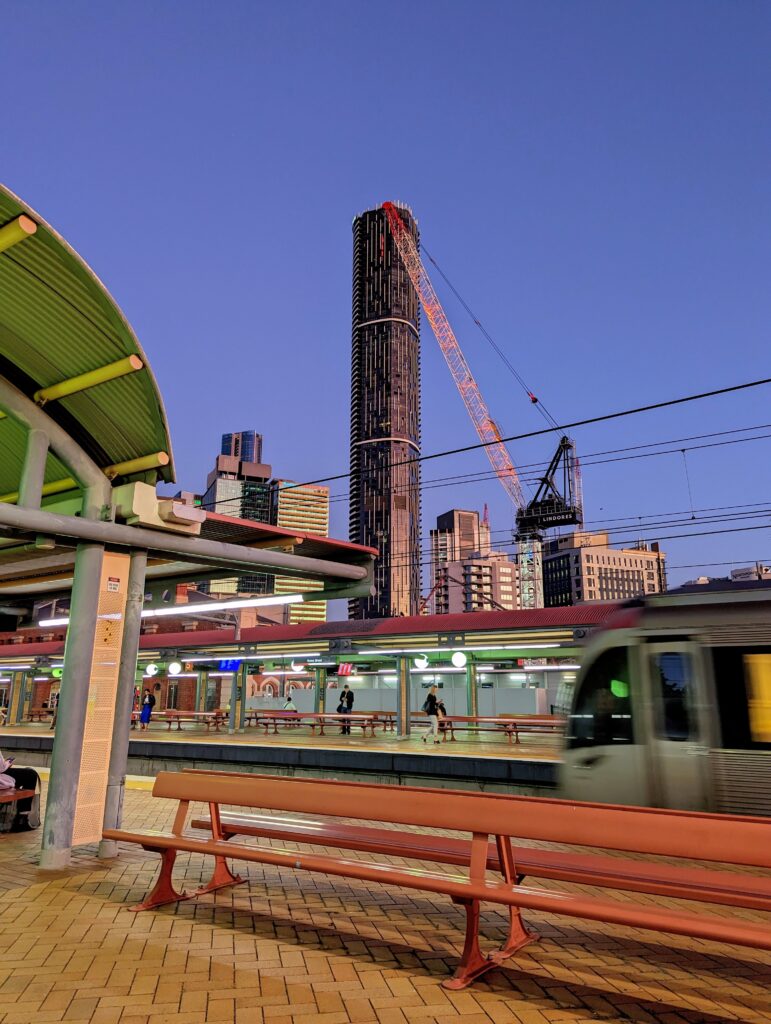
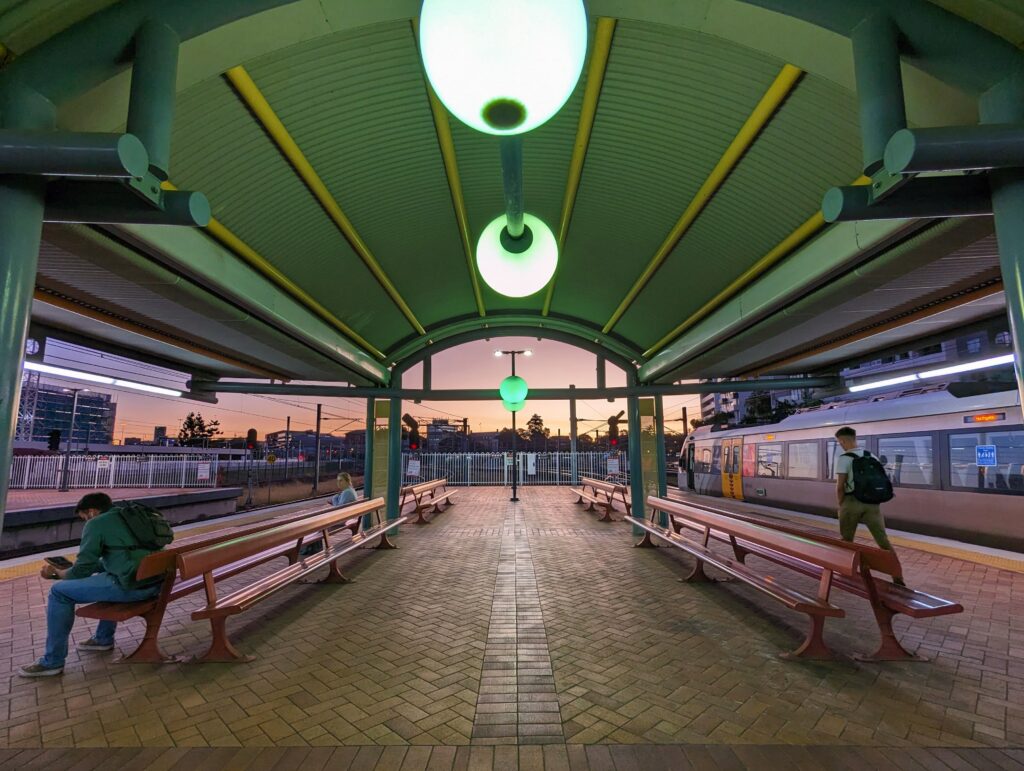
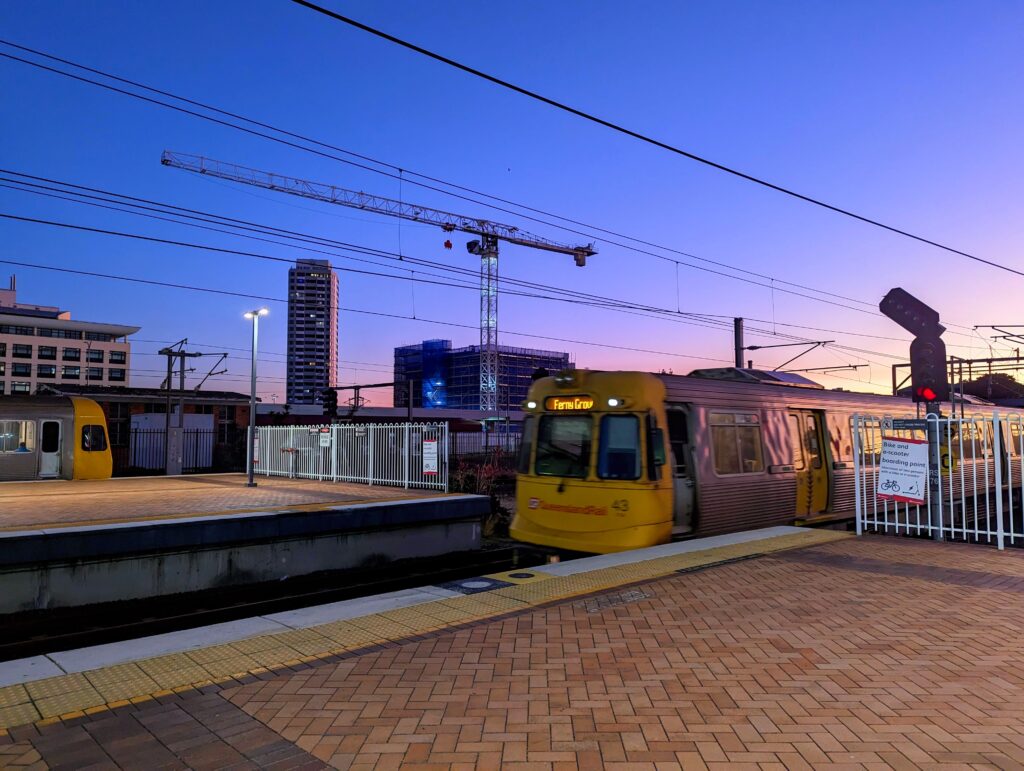
Just another WordPress weblog




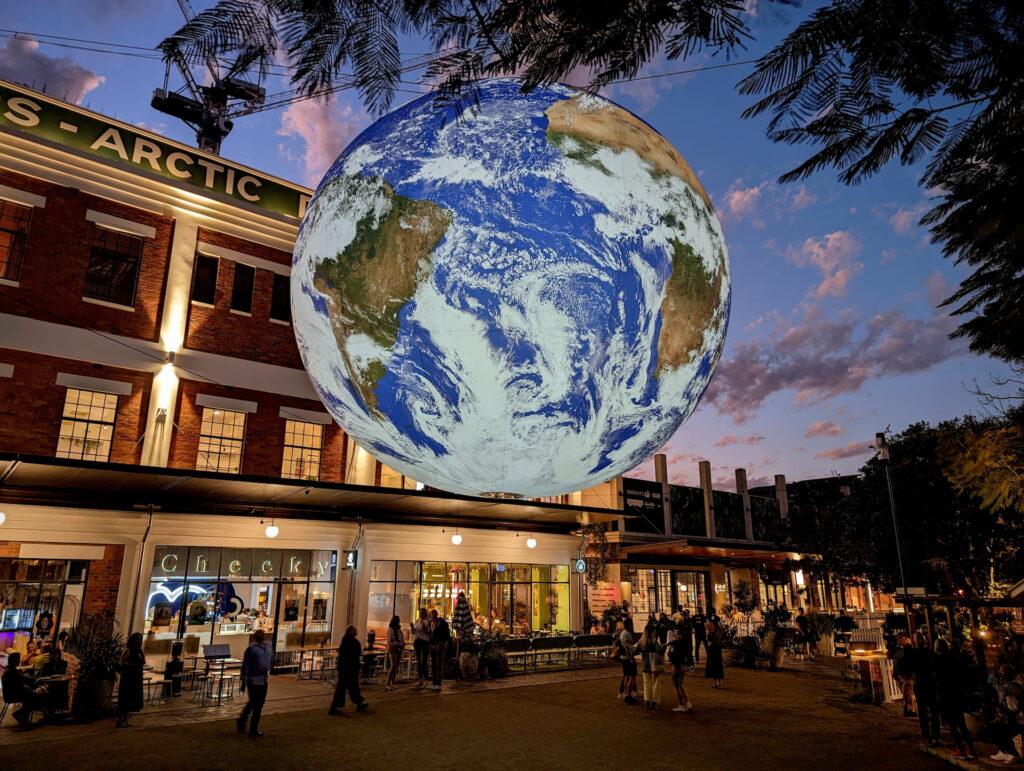
I went to West Village to check out the artwork Gaia for Brisbane Festival, by artist Luke Jerram.
An intimate encounter with our home planet.
Gaia acts as a mirror, a journey of discovery, and a warning. The viewer may experience a new perspective, a sense that societies of the Earth are all interconnected as well as the realisation that we have a responsibility to one another, to preserve, to protect.
It wasn’t much to look at during the day, so I went to do my shopping while the sun set. At dusk it was illuminated against the sunset sky and just incredible to look at. I spent ages checking it out from all angles, trying to get the best photo along with everyone else.
Measuring 7 metres in diameter, Gaia is the second in a series of three awe-inspiring large-scale installations by Luke Jerram at West Village.
Here is your chance to see the Earth as if from space; an incredibly beautiful and precious place. An ecosystem we urgently need to look after — our only home.
The Brisbane Festival program lists three separate planets that are rotated out throughout the festival.
I missed seeing the moon at the beginning of the festival, but tomorrow the giant Earth will be swapped out for a simulacrum of Mars.
Created in partnership with the Natural Environment Research Council (NERC), Bluedot and The UK Association for Science and Discovery Centres. With supporting partners Culture Liverpool and Liverpool Cathedral.
I logged on to Flickr for the first time in years to upload this photo, but my account is limited because I need to pay.
But one of the last photos I uploaded caught my eye. Taken on December 22, 2017, the construction of the controversial West Village complex where the installation now sits. What a change.
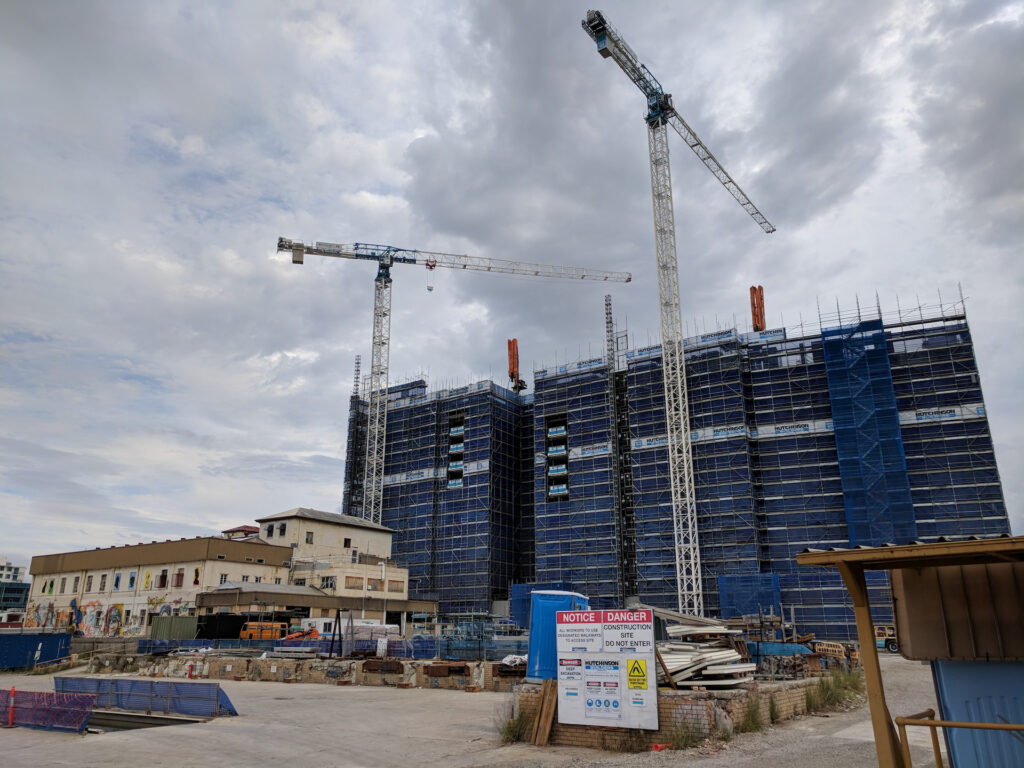
I went out for a coffee to reset my head. It’s a grey and rainy winters day, kinda gives me European vibes. The plants are loving it, though I don’t know where to put them all yet.
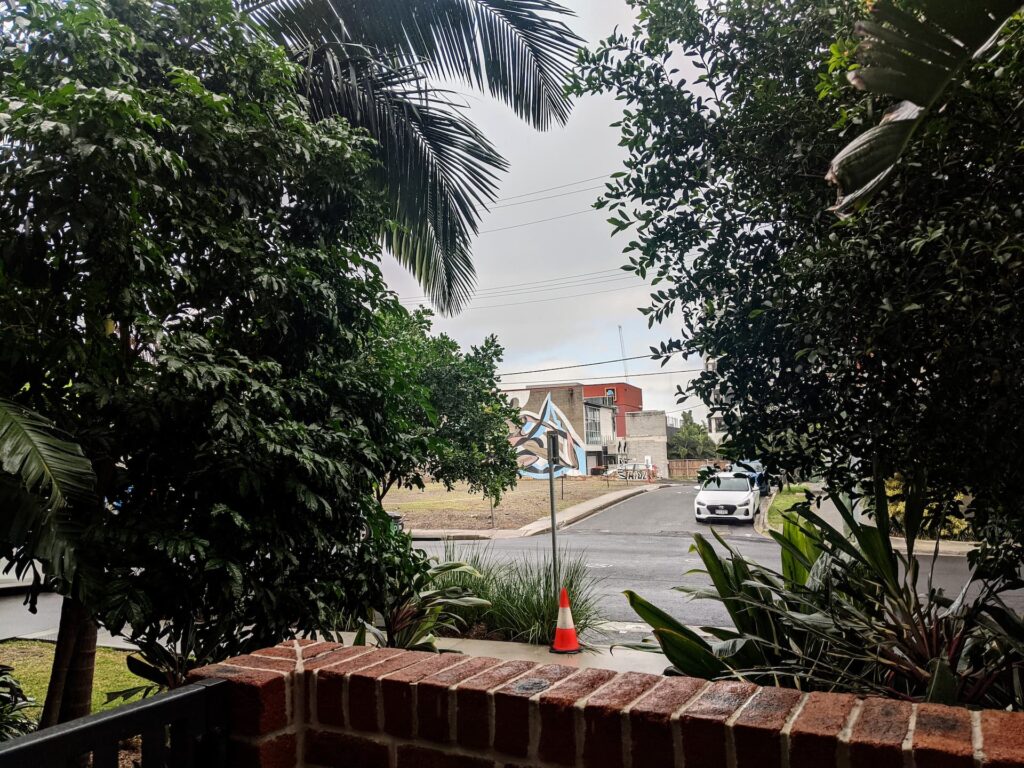
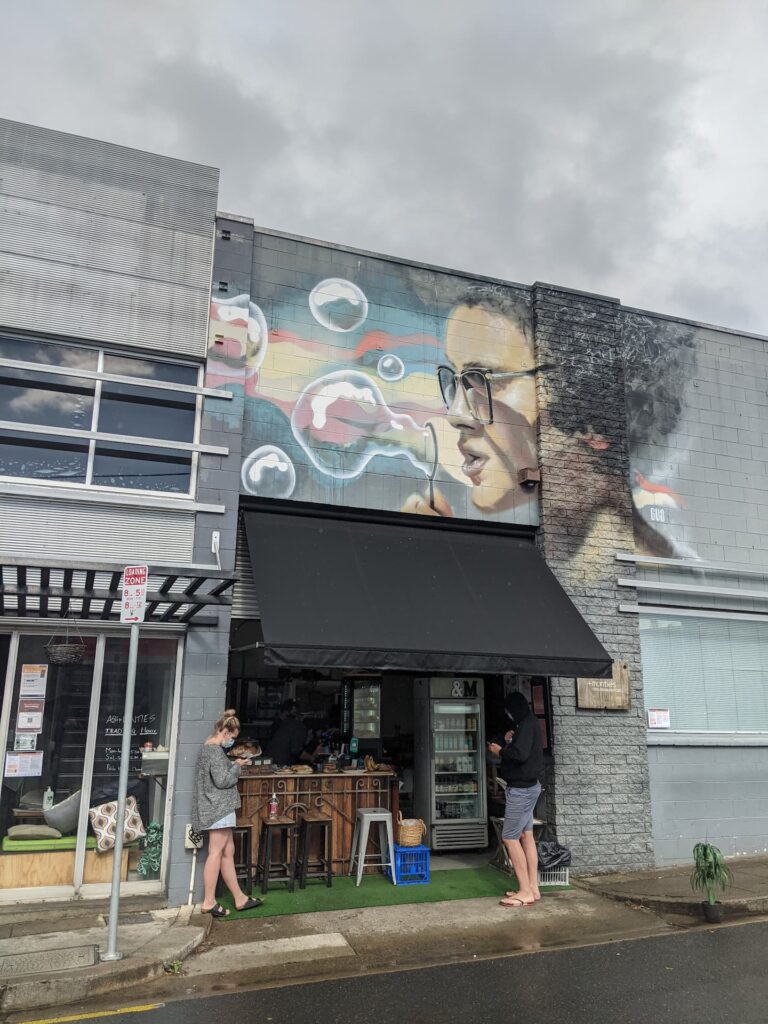
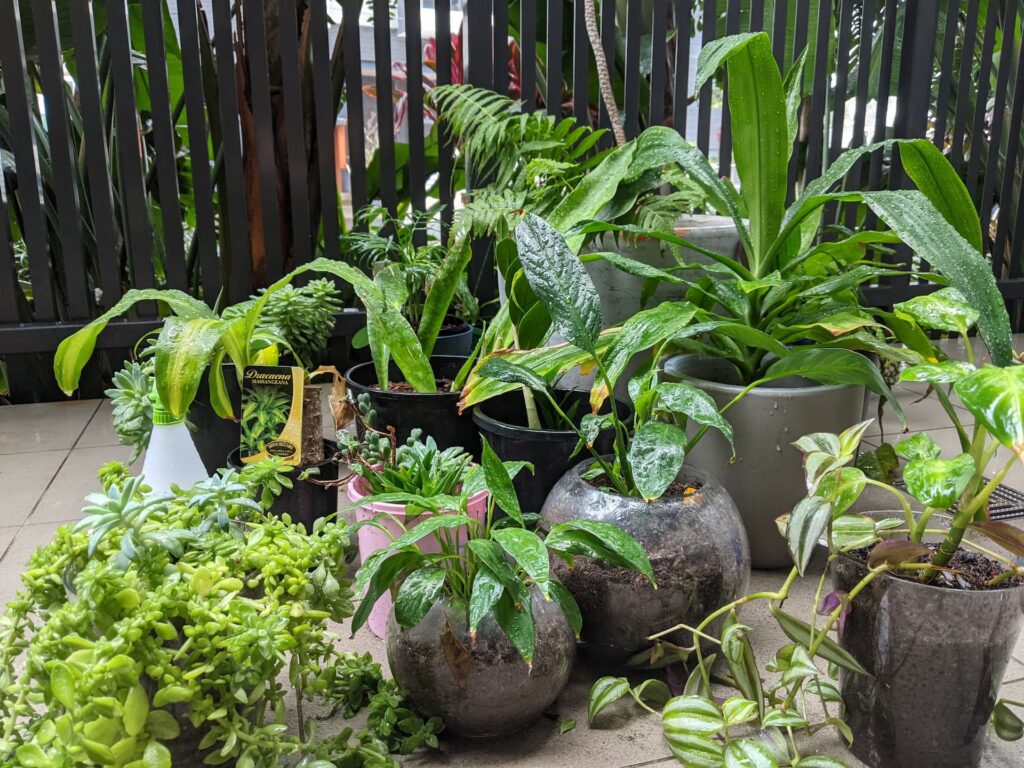
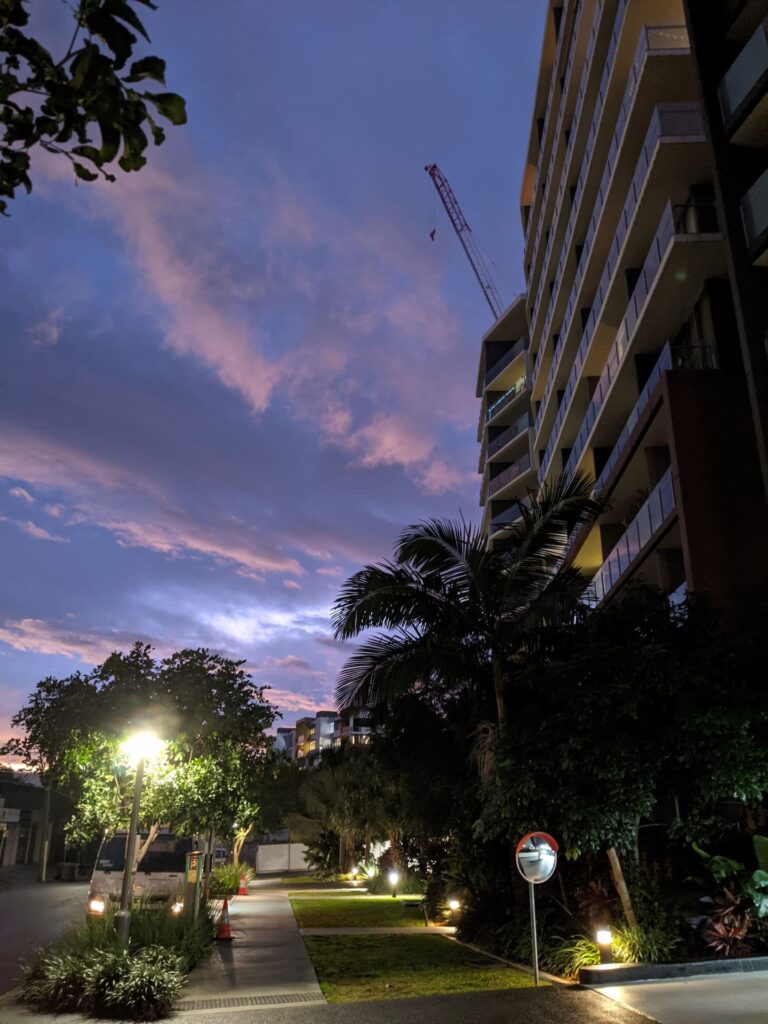
I was taking a walk in West End after having breakfast with Tae when I discovered the old rainbow footpath in West End.
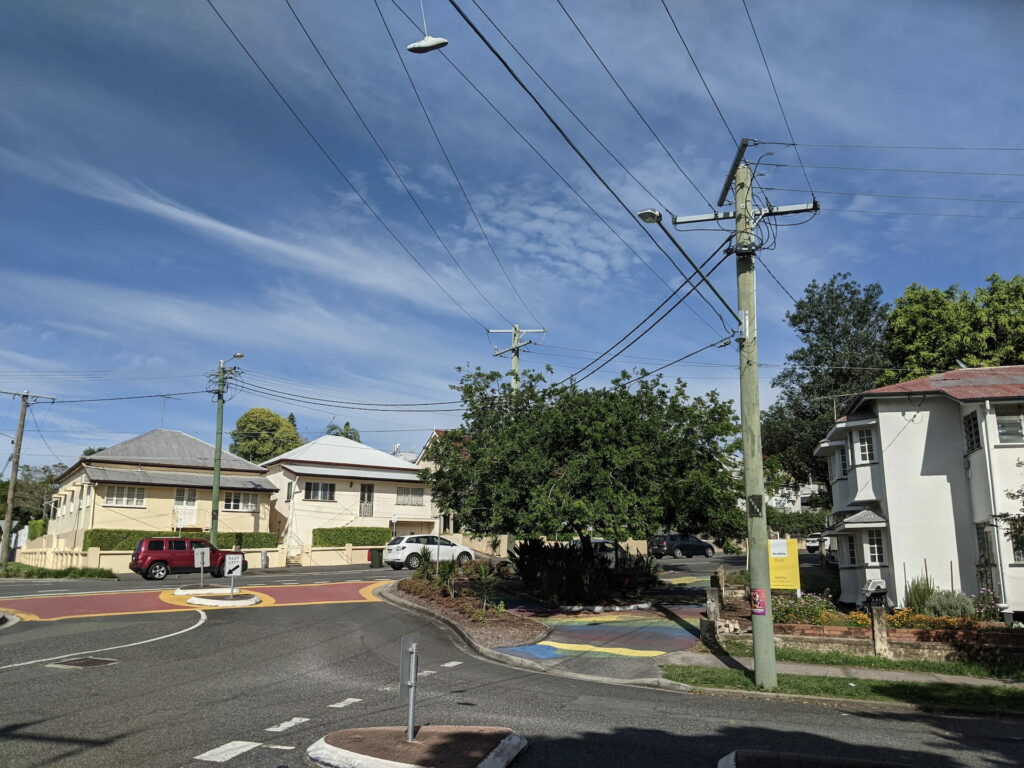
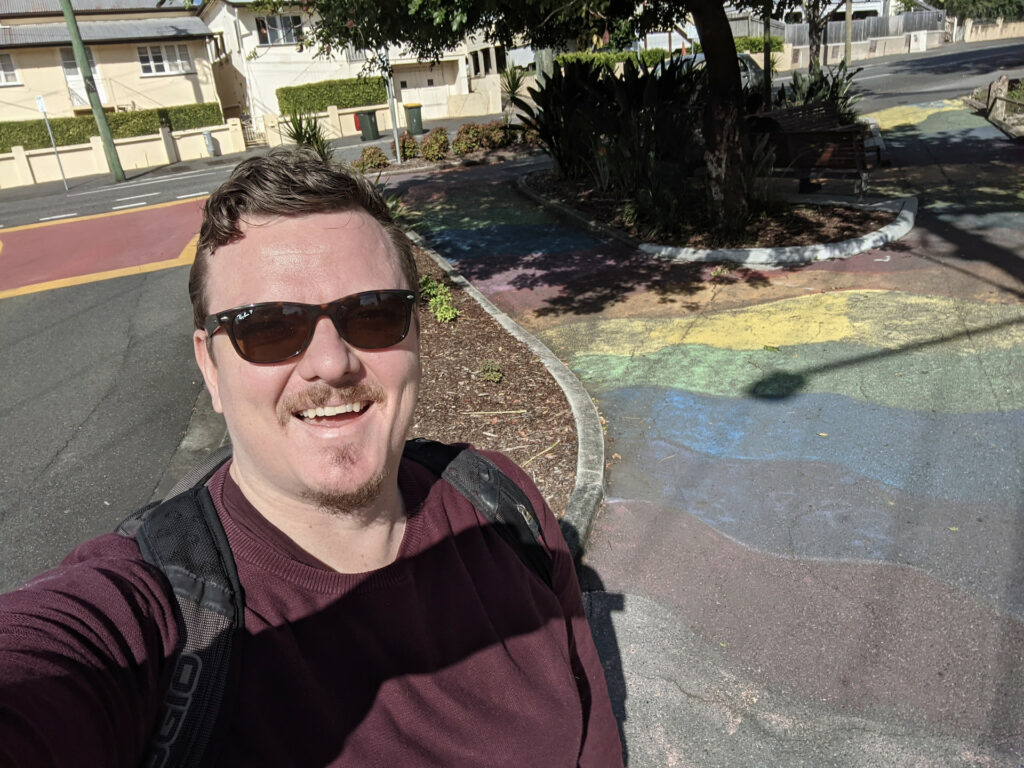
It’s worn down pretty badly. Reminds me of chalk drawings on the road after the rain. But it’s probably fair enough cos it was thrown together by volunteers and I guess they just used whatever paint they had.
I first stumbled on it when it was brand new back in 2017 with Joel, Tom and Shashi. This was just after I got back from Amsterdam for the first time, and I assume Shashi & Tom were visiting for xmas.
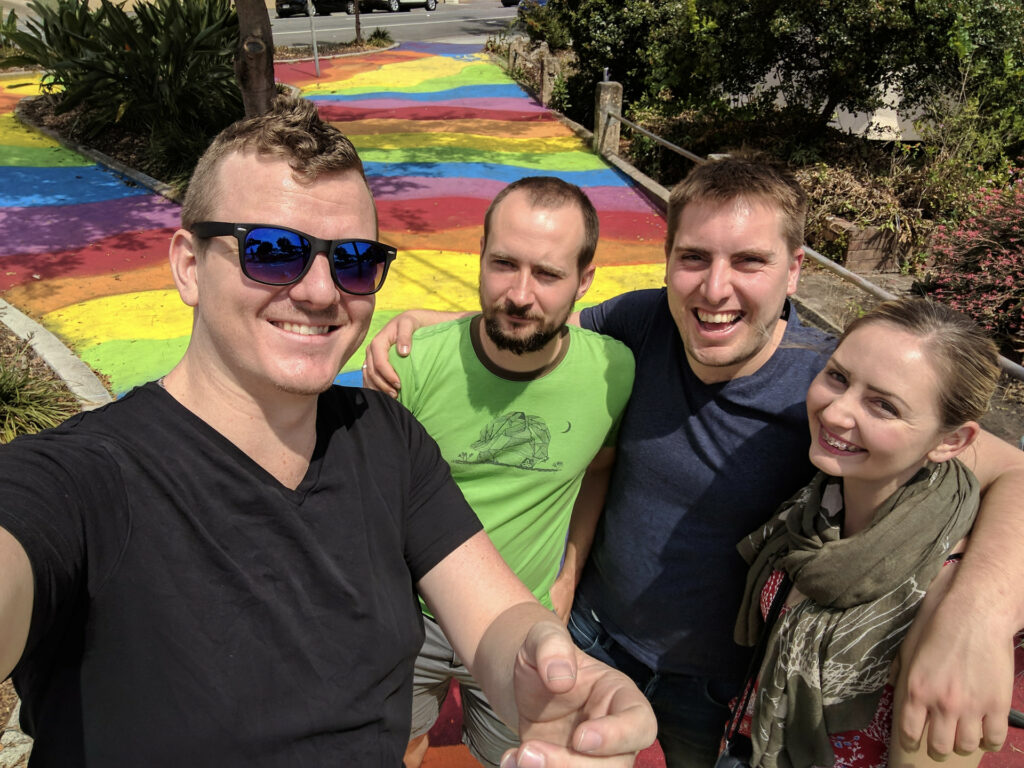
Not linking to the bad website, but here’s the description from the original Facebook message where Cr Sri got folks together to paint it:
This is partly a political statement, and partly just an excuse to bring a bit of colour to an old stretch of bitumen footpath at the corner of Besant St, O’Connell St and Vulture St.
If you have a bit of spare paint lying around that you can bring down to donate to the cause, post up in the comments with the colours and quantities, or just rock up on the day and lend a hand as you see fit.
It would be good to use paints that are designed for outdoor surfaces and will last a while. We’ll try to paint in segments, leaving one part of the footpath clear until the other painted areas have dried so as not to inconvenience any mobility-impaired pedestrians.
If anyone wants to bring down other things like baked goods or a bit of music to entertain the painters, that would be cool too.
Jonathan Sri, Councillor for The Gabba
It’s still visible four years later. But might need a fresh coat soon.
This brightly coloured signal box caught my eye just outside Bunnings so I had to stop for a look. I find it amusing that signal boxes are now something that “interests” me, but here we are.
‘Girl Power-Tool’ illustrates the strong modern confident woman wielding power tools to get the job done. Wo-manual Arts is an empowering thing!
Dominique O’Leary
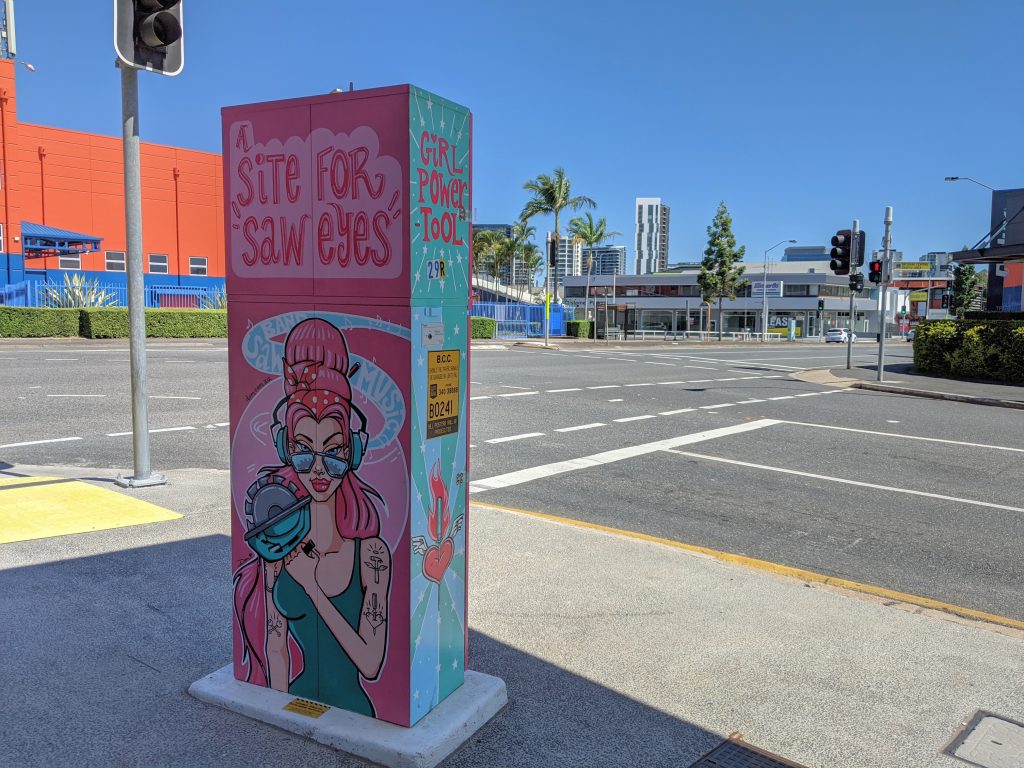
I absolutely love the art style, the strong contrasts and pastel colours. It’s also a really nice bit of representation to inspire young makers, especially being right outside a two-floor hardware superstore.
From the artist:
I think the BCC traffic signal box initiative is one of the best creative projects in Brisbane. It connects the community and is a visual representation of Brisbane’s sense of place.
I know from painting on the street, (literally…sometimes you’re laying down doing the low parts on the actual freaking street) so many people came up to say how much the artwork gives them a high!
Dominique O’Leary
You can check out the artist’s website for more works, and some much better photos than the ones I took.
An Expo is a global event that aims at educating the public, promoting progress and fostering cooperation. It is the world’s largest meeting place, bringing together countries, the private sector, the civil society and the general public around interactive exhibitions, live shows, workshops, conferences and much more.
Bureau International des Expositions
I always wondered what exactly “Expo 88” was. It was the event that transformed South Bank from an industrial area to the thriving parkland and commerce area it is today. From April to October 1988, over 15 million visitors traveled to Brisbane to visit Expo, which included “pavilions, laser displays, fireworks, parades, concerts, the Aquacade, water skiing show, a monorail and much more”.
I was in West End the other day and happened upon these two dancers, part of a 30 year anniversary of Expo 88.
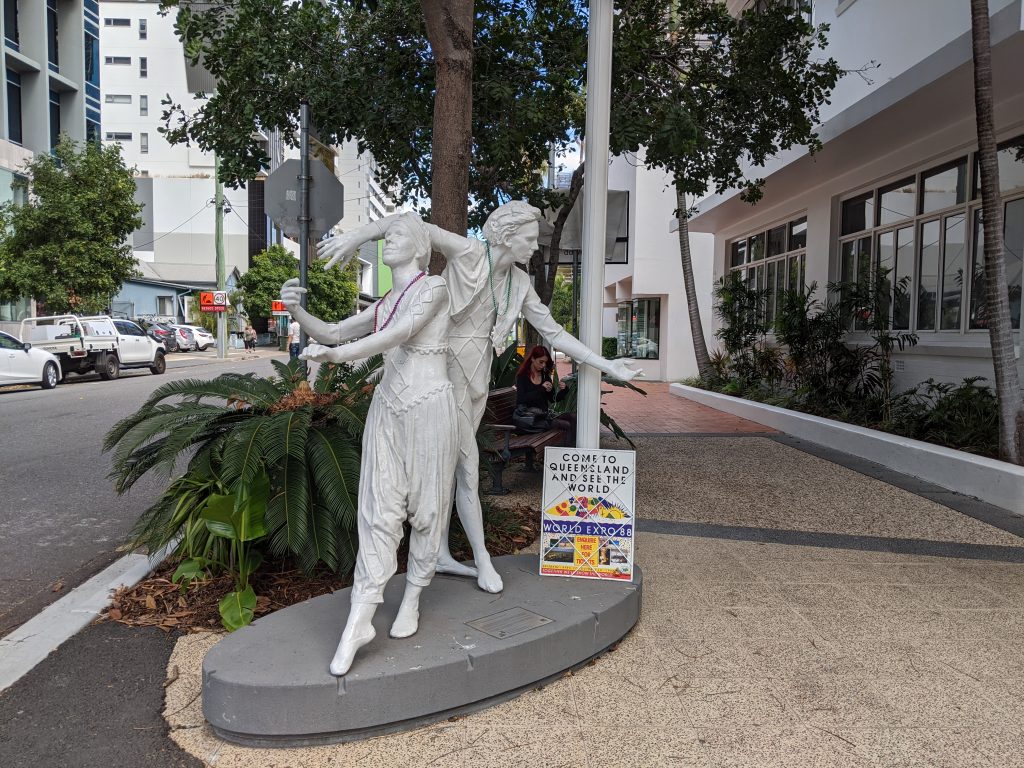
They’re re-cast from the original fibreglass sculptires, and have a somewhat uncanny appearance. They remind me of weeping angels with those soulless eyes, but when I visited someone had dressed them up with rather fetching beads.

The Human Factor series was created by Brisbane’s Artbusters in the late 1980s. The first iterations of this iconic series were installed throughout the World Expo ’88 site. The figures seen here today have been re-imaged and re-cast for the 30th anniversary of World Expo ’80, giving residents and visitors a sense of the celebration that World Expo ’88 was.
Many believe that World Expo ’88 was Brisbane’s coming of age, as the city experienced different cultures, food, lifestyle and entertainment.
The number of visits over the six months exceeded 15.7 million. On 30 October 1988, the song ‘The Carnival is Over’ was performed by the Seekers at the closing ceremony and was considered and appropriate end to Brisbane’s biggest party.
Artbusters The Human Factor series – The Dancers 2018
Two years ago on the 30th anniversary of Expo 88, Brisbane City Council set up a self-guided World Expo ’88 Public Art Trail of Expo related artworks and artefacts. There are currently 31 pieces around the city.
You can check out more about the art trail on the Brisbane Council website. I’m curious to explore more in future.
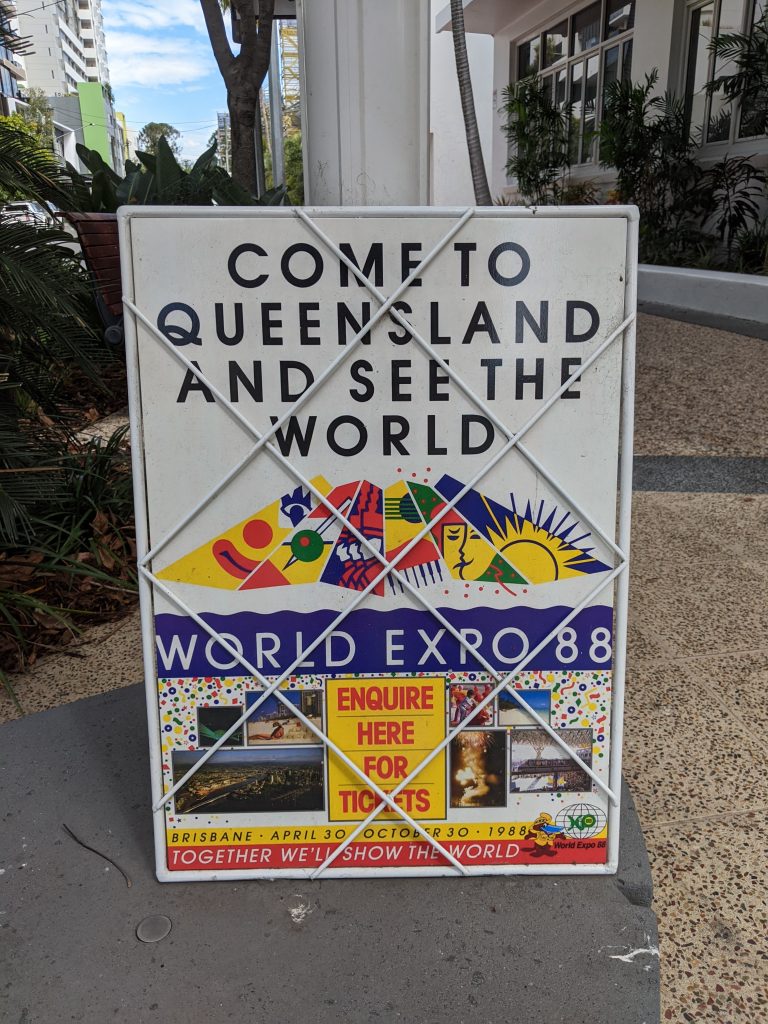
As I was heading to Office Works in the city, I discovered this signal box painted in bright floral colours representing Queensland architecture and the square behind it.
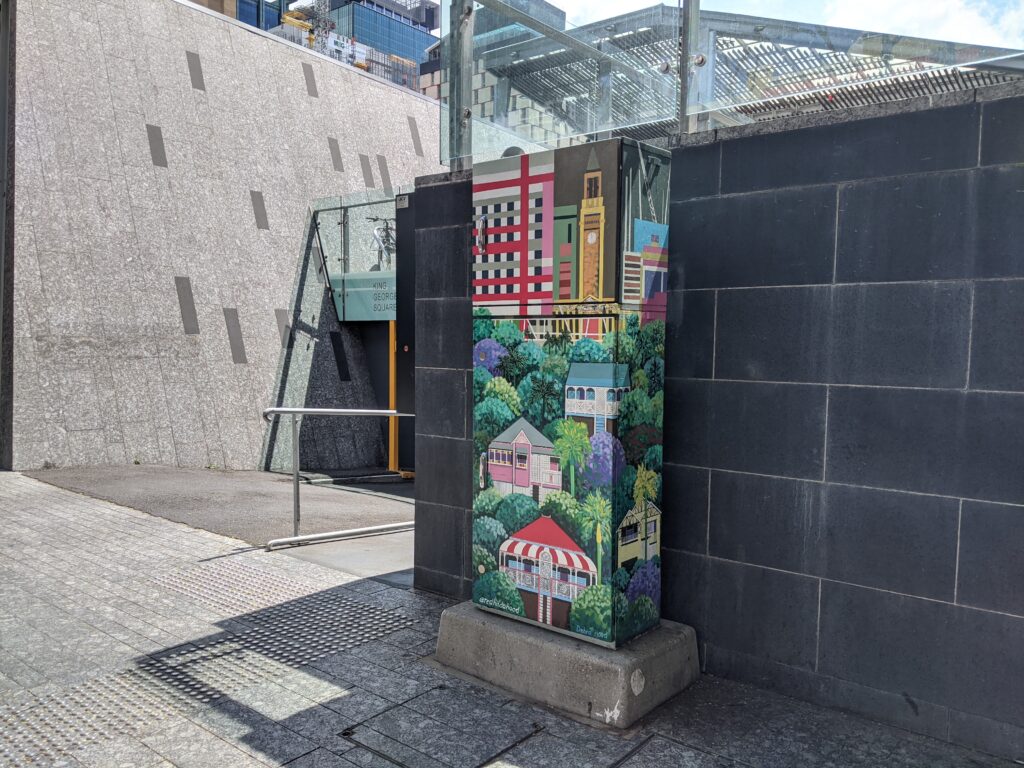
I took a quick snap because I’ve been thinking about starting a signal box database (nerd alert!) but when I looked up the artist I found she’s painted a number of signal boxes and even had work displayed on a CityCat.
I have loved architecture of all sorts since I was a child. Born and bred in Port Macquarie, NSW, I used to love driving north for family holidays and upon reaching the Clarence River region; there was a distinct shift in the style of domestic architecture. Perhaps because it marked the arrival at the holiday destination, or simply an innate love of these timber and tin houses, I become a Queenslander fan. As a response to existing on floodplains, these houses sat high and proud on strange timber stilts and were embraced by the surrounding sugarcane fields.
Then, when I moved to Brisbane in 1992, the romance of latticed verandahs shaded by mango and palm trees was an utter delight. I was totally besotted with their beautiful decorative features, history and adaptation to the hot and humid climate.
Interview With Debra Hilda Hood
I love her Queensland themes, densely packed elements and beautiful colours. You can check out more of her work over at debrahoodart.com.au.
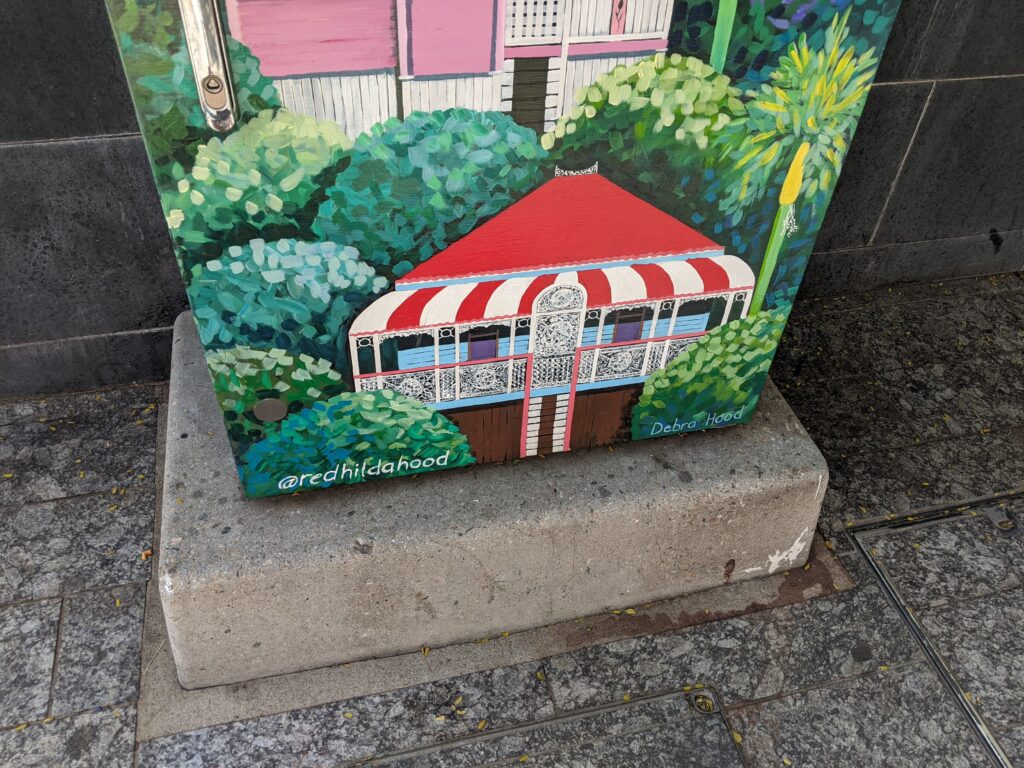
Boy and Girl depicts a young boy looking through his binoculars at the city while his younger sister pleads for a chance to have a look. The sculptures reference the Greenslopes Centre’s city view, the diversity of community visitors and also pupils from the school close by.
I was walking through Greenslopes and spotted this handsome pair by artist Terry Summers.
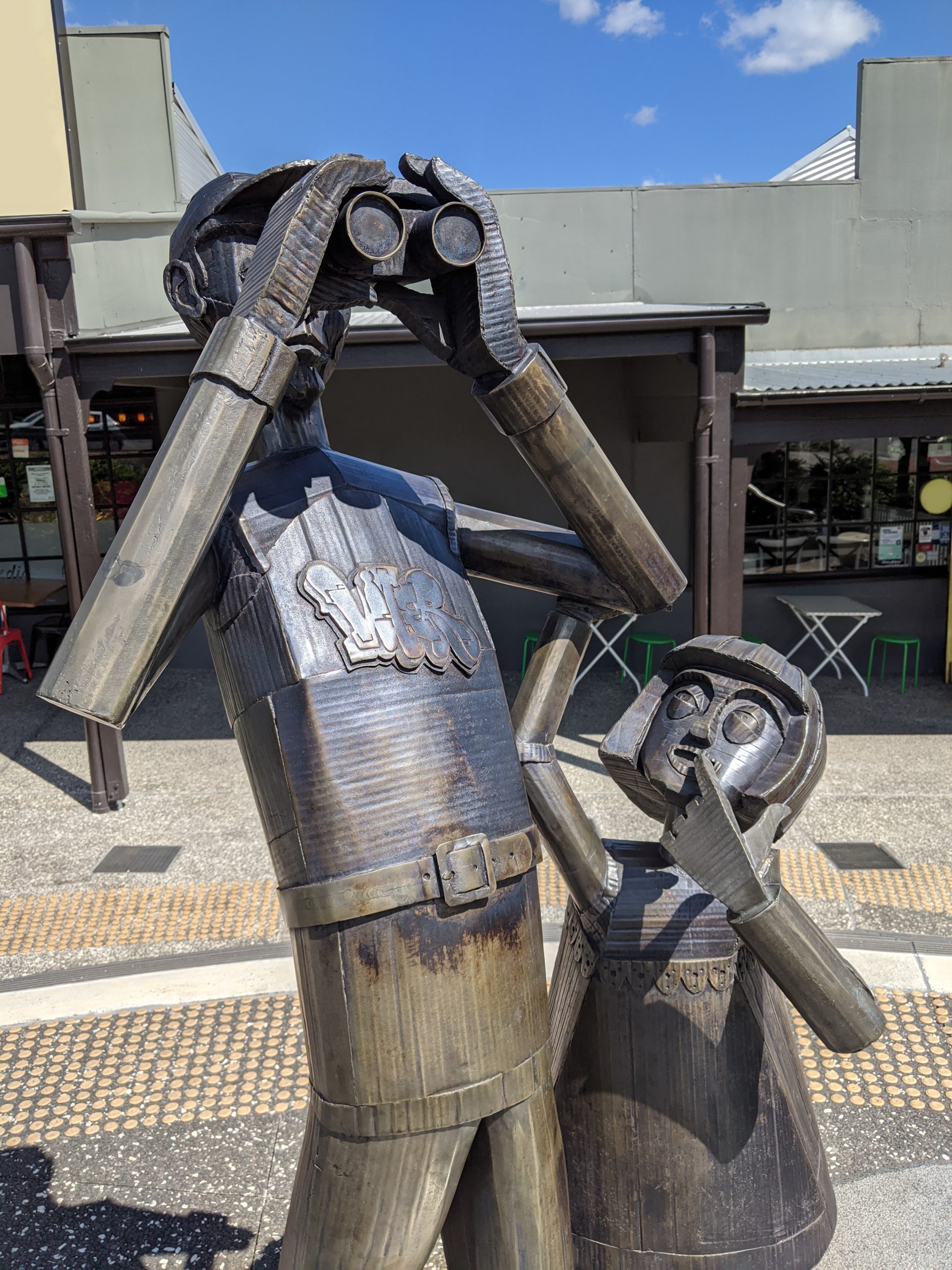
Work by Jarrad Kennedy, nestled between Wickham, Turbot and Boundary streets.
I caught this from the wrong side. It’s actually meant to be a toppled church dome, a reference to the namesake church at Cathedral Place which was never built.
The underside, pictured here, is a mosaic supposed to represent the reflection of the clear blue sky.
Spinning Top paid homage the unbuilt Holy Name Cathedral, which had been planned for the block at the other side of Centenary Place.
“The cathedral was to be the largest church building of any denomination in the southern hemisphere and proposed to seat some 4000 people,” Cr Cooper said.
“Unfortunately the Great Depression and a lack of funding for construction stalled the project until Duhig’s death in 1965.
Brisbane’s new public art installed
A traffic signal box mural by Nurul Amira Salehin, at the intersection of Wickham and Gotham streets, Fortitude Valley.
Completed date: 30 June 2018.
This artwork represents the vibrancy of Fortitude Valley which is known for it’s cafes and nightlife through big, bold and bright colours.
Nurul Amira Salehin
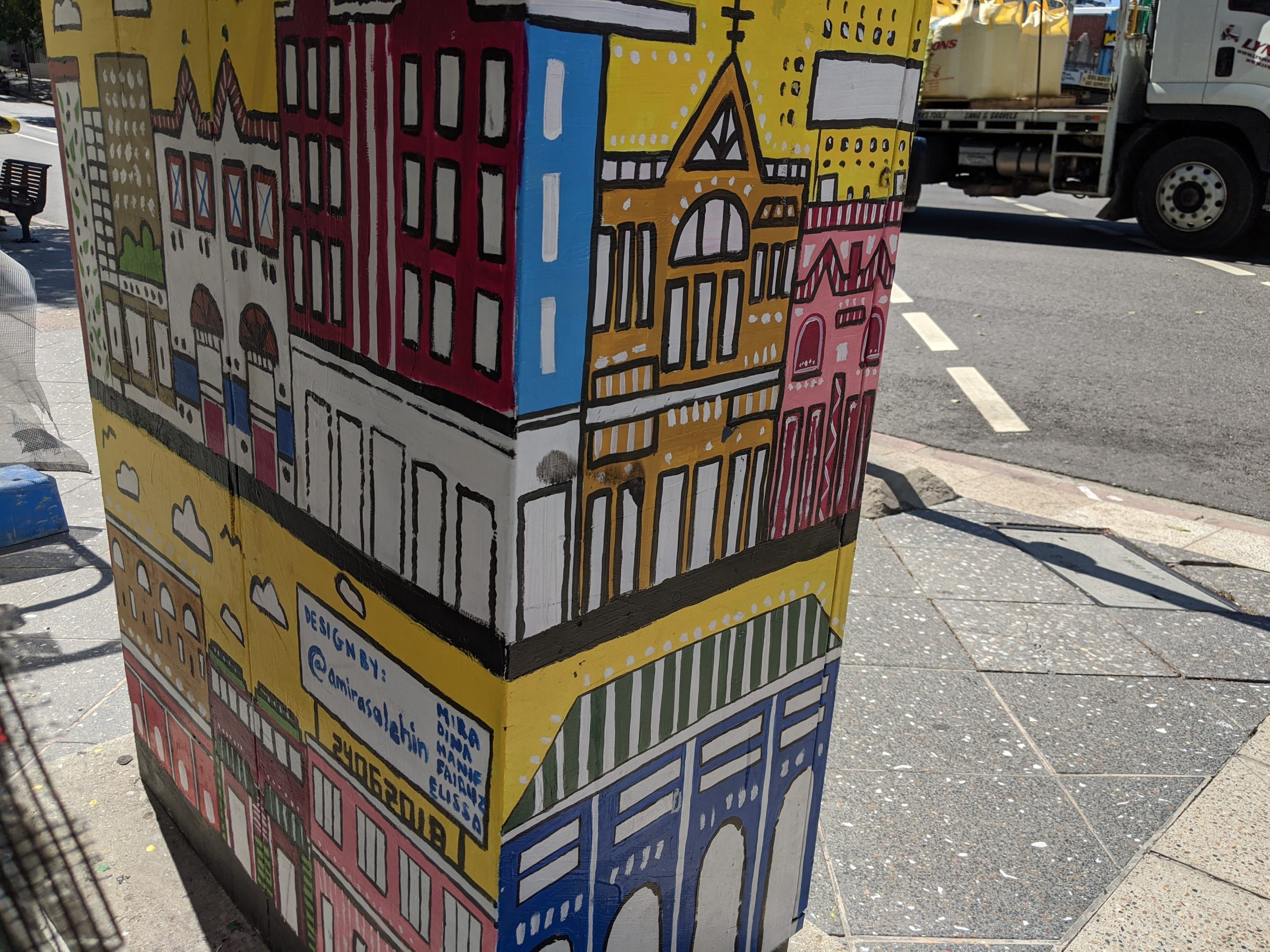
You also check it out on the BCC Flickr.